The content of the article
The flow of tears from the eyes in cats, as well as in other animals, is a typical reaction to various irritants. Moreover, such stimuli can be both external and internal. Sometimes lacrimation is physiological. This occurs when a small amount of fluid accumulates in the corners of the eyes after sleeping. This manifestation, as a rule, does not cause any concern in the owners, only if for some reason it does not cause discomfort in the pet. To solve this problem is quite easy, it is enough just to periodically carry out standard hygiene procedures.
What are the causes of tears in cats?
It is worth noting that there are a fairly large number of reasons why tears can flow in cats. This manifestation accompanies most diseases of the eyeball and eyes. The main causes of this symptom are:
- Conjunctivitis or inflammatory processes in the conjunctiva. It is worth noting that this ailment can be both an independent disease, and just a symptom of various pathological conditions of the body. For example, conjunctivitis often accompanies many diseases caused by viruses and bacteria, as well as invasive diseases. Often the fault of the appearance of conjunctivitis is the refusal of vaccination in kittens or vaccination too late.
- The flow of tears from the eyes may appear as a result of the appearance of parasites in the intestines of the pet. This is called sour eye syndrome.
- One of the causes of lacrimation in cats is allergy. A reaction can occur to many products, including cat food. This happens, of course, quite rarely, but it is still possible. Often allergic manifestations occur in cats from chemicals, for example, from household chemicals. In addition, poplar fluff or pollen can cause allergies.
- An ordinary cold can also cause lacrimation in an animal. It is also impossible to exclude this option.
- Sometimes this symptom can occur due to mechanical irritation. It can be caused as the presence of foreign objects in the eye, for example, grains of sand or dropped eyelashes. Various bruises and damage to the conjunctiva or eyes can also trigger tears.
- Radiation irritations often cause tearing in cats.
- Lacrimation may occur due to the ingress of gases into the conjunctival sac.
- Sometimes the problem is caused by the anatomical features of the structure of the eyeball. For some breeds, such manifestations are standard features. For example, sphinxes suffer frequent twisting of the eyelids, as a result of which the eyelashes inside irritate the eyeball, after which tears appear in the animal.
- The spread of inflammatory processes from tissues adjacent to the eyes to the eyeball.
- The presence of a variety of eye diseases. For example, lacrimation can occur due to blepharitis, a narrowed lacrimal canal, ectopic eyelids, keratitis, uveitis, tumors in the eyelids, iridocyclitis, lagophthalmos and other ailments.
Signs of serious lacrimation and the development of diseases
The course of tears from the eyes of a cat can be expressed more or less depending on the cause of this phenomenon, as well as the severity of a certain ailment. To understand that the animal has a problem that needs to be addressed, you should pay attention to the following symptoms and manifestations:
- The animal may have a slight swelling in the eye area, which will be accompanied by a weak course of tears from the eyes.
- Prolonged lacrimation, which over time causes hair loss in the eye area, as well as the appearance of ulcers and dermatitis. If your pet has a constant flow from the eyes, you should deal with this problem and not bring to the appearance of serious problems.
- Lacrimal discharge may become thicker. Such a manifestation is a serious symptom that should be paid special attention to.
- In the inner corner of the eye, you can see the dried out discharge of a brownish color.
- Another symptom of the development of pathology is the formation of a reddish tubule in the corner of the eye. Over time, it may become brownish.
- The animal may experience itching in the eye area. You can understand that a cat is uncomfortable by its behavior. As a rule, the pet begins to rub its paws in the eye area, which only exacerbates their condition.
- With severe inflammation, the conjunctiva usually swells and becomes red. In some particularly advanced cases, the conjunctiva may even protrude beyond the eye.
- If the disease is seriously neglected, the temperature of the animal may rise. The pet will be in a very depressed state. Photophobia may also be observed.
These symptoms are a signal that measures should be taken to eliminate the ailment in the animal. The longer no action is taken, the more pronounced these signs will be.
Whatever the lacrimation and other signs accompanying it, if such a sign persists for a long time, you should contact your veterinarian.
Establishing diagnosis
In no case should you try to independently determine the disease. A diagnosis and the cause of lacrimation can only be made after a thorough examination, examination of clinical manifestations and a full examination of the animal. Therefore, it is necessary to take the animal to the veterinarian, where it is necessary to tell in sufficient detail about all the symptoms and previously observed diseases in the pet.
In some cases, to obtain reliable data, it is also necessary to conduct an analysis of flushing from the conjunctival sac. Thus, it will be possible to determine the presence of viral or bacterial pathology.
How to treat an animal?
In the event that the tear flow in the animal is caused by the ingress of foreign objects into the eyeball, painkillers will need to be administered before eliminating them. Then, carefully turn the upper and lower eyelids in turn and remove the item with tweezers. You can also use a cotton swab or injection needle for this purpose.
If the animal has an inversion or inversion of the eyelid, surgical intervention may be required. In this case, only a specialist can solve the problem. Do not try to independently help the animal, since without the necessary experience it can only be done harm.
Video: animal eye care

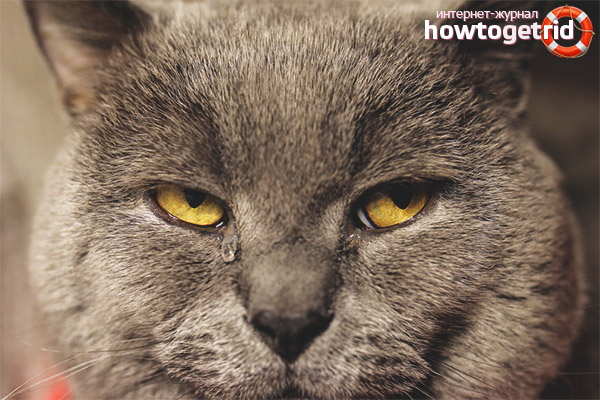



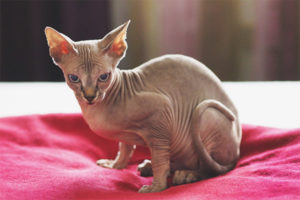
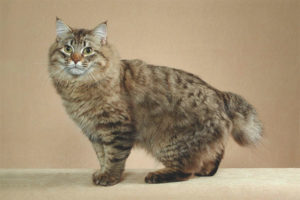
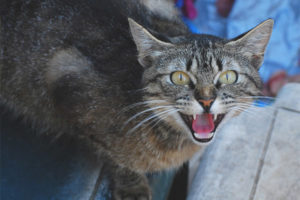
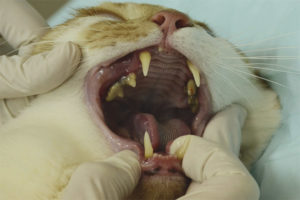

Submit